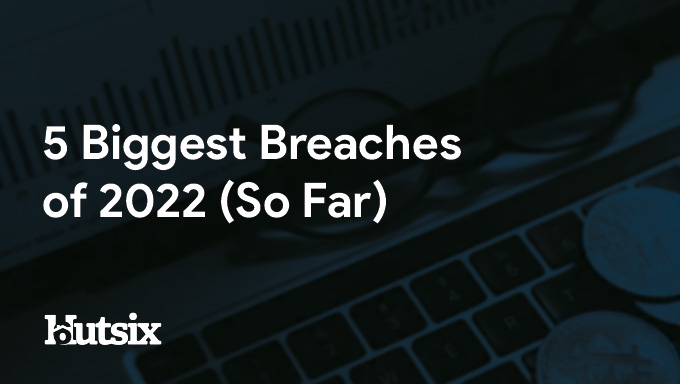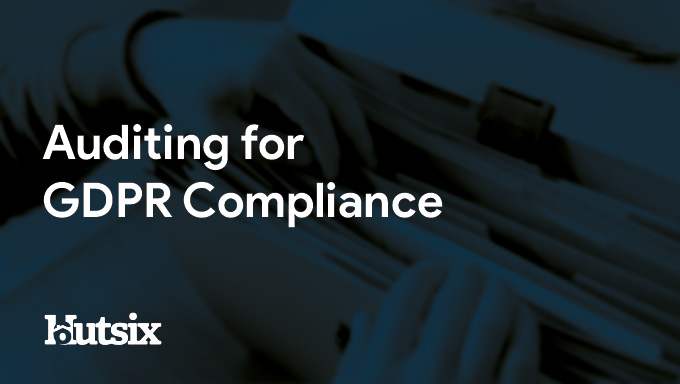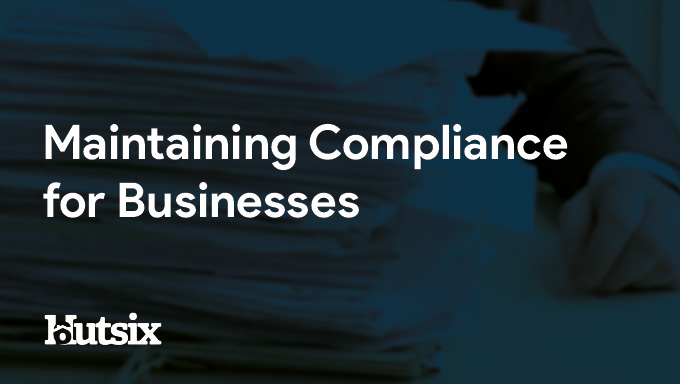What is Data Destruction? Definition & More
Definition of Data Destruction
Data destruction refers to the process of permanently destroying digital data stored on electronic devices such as computers, hard drives, memory cards, and smartphones.
The goal of data destruction is to prevent sensitive information from falling into the wrong hands, and to protect individuals, organizations, and governments from data breaches, identity theft, and other various information security threats.
Data destruction is an important aspect of information security, especially for organizations that handle sensitive information such as financial data, personal data, and confidential business information.
In many countries, there are regulations and standards that organizations must follow when disposing of electronic devices, such as the UK's Data Protection Act and the US's Federal Trade Commission's Disposal Rule. These regulations and standards aim to ensure that organizations take the necessary measures to protect sensitive information during the data destruction process.
There are several methods of data destruction, including physical destruction, degaussing, and wiping. Physical destruction involves destroying the electronic device by breaking, crushing, or shredding it. Degaussing uses strong magnetic fields to erase the data stored on a magnetic medium, such as a hard drive. Wiping, also known as data sanitization, involves overwriting the data multiple times with random data, making it virtually impossible to recover.
"For legislative, regulative, privacy and security purposes, it must be possible to decommission and delete (irreversibly 'erase' or 'destroy') data and confirm to a degree of relative confidence it has been completed."
UK Government
It is important to note that simply deleting files or formatting a storage device is not sufficient for secure data destruction. Deleted files can still be recovered using specialized software, and formatting only erases the file system, not the actual data stored on the device. In order to ensure secure data destruction, it is necessary to follow industry-standard data destruction processes, such as those outlined by the National Cyber Security Centre or ISO 27001.
Why is Data Destruction Important?
The dangers involved with not properly destroying data can be significant and far-reaching, affecting individuals, organizations, and governments. Here are some of the key dangers:
Data breaches: If data is not properly destroyed, it can be easily accessed by unauthorized individuals, leading to data breaches that can expose sensitive information such as financial data, personal information, and confidential business information. This can result in identity theft, financial loss, and reputational damage.
Regulatory non-compliance: In many countries, there are regulations and standards that organizations must follow when disposing of electronic devices. Failing to properly destroy data can result in regulatory non-compliance and penalties, including fines, lawsuits, and loss of business.
Environmental hazards: Electronic waste is a growing environmental issue, and improperly disposing of electronic devices can result in harmful materials being released into the environment, including toxic chemicals, heavy metals, and other pollutants.
Loss of competitive advantage: Organizations often store sensitive information on electronic devices, including client information, trade secrets, and intellectual property. If this information is not properly destroyed, it can fall into the wrong hands, leading to the loss of sensitive information and giving competitors an unfair advantage.
Costs of Data Destruction
The costs of data destruction will vary depending on the size of an organization, the amount of data that needs to be destroyed, and the chosen methods used for destruction. Here are some of the key factors that impact the cost of data destruction:
Equipment: If an organization chooses to physically destroy data, they may need to invest in equipment such as hard drive shredders or degaussers. The cost of these devices can range from a few hundred to several thousand pounds, depending on the size and capabilities of the device.
Labour: If an organization chooses to physically destroy data, they may need to hire staff to handle the process. This can include costs for labour, transportation, and storage of the devices.
Software: If an organization chooses to erase data using software, they will most likely need to purchase said software. Ranging from a few pounds to several hundred pounds, the associated costs will depend on the capabilities of the software.
Offsite data destruction: If an organization chooses to have data destruction performed offsite, they may need to pay for transportation and storage costs, as well as the cost of the data destruction service.
Digital Destruction Standards (UK)
As outlined by the UK's Ministry of Justice (security guidance available here), the following standards and guidelines are the minimum basis for data decommissioning or destruction.
- National Cyber Security Centre (NCSC) guidance on end-user device reset procedures
- NCSC guidance on secure sanitisation of storage media
- NCSC Cloud Security Principle 2: Asset Protection and Resilience (Data Destruction)
- Payment Card Industry Data Security Standard (PCI-DSS) (Data Destruction)
- DIN
Security Awareness for your Organisation
Enjoyed our blog? Learn more about how Hut Six can help improve you security awareness with training and simulated phishing. Start a free trial now, or book a meeting with one of our experts.
Featured
Who Does GDPR Apply To?
Who Does GDPR Apply To? And Other Data Protection Questions/ Information Security blog by Information security awareness provider Hut Six Security.
Does ChatGPT Pose a Cybersecurity Risk
In this blog post, we explore whether AI chatbots like ChatGPT pose a cybersecurity risk. We delve into the potential vulnerabilities and threats posed by chatbots, and discuss measures that can be taken to mitigate these risks. Read on to discover how you can ensure the security of your organisation's chatbot interactions.
How Do I Get Cyber Essentials Certified?
Learn how to obtain Cyber Essentials certification and enhance your organization's cybersecurity posture with our comprehensive guide. Our expert insights will help you navigate the certification process to meet the requirements for Cyber Essentials.
Essential Steps for Security Awareness Training
Starting a security awareness training campaign? Here are 5 essential steps to help ensure information security success.
Malicious Insider Threats - Meaning & Examples
Malicious insider threats can cause massive problems. Here we examine some of the motivations behind attacks and methods of detection organisations can use to reduce risk.
5 Biggest Breaches of 2022 (So Far)
Five of the biggest and most significant data breaches, hacks, and information security attacks of 2022 (so far).
Auditing for GDPR Compliance
Questions to consider when auditing your business or SME for General Data Protection Regulation (GDPR) compliance.
Improving Employee Cyber Security
With human error responsible for many breaches and attacks, we offer some helpful areas for improving employee security compliance.
5 Cyber Tips for your Business
Essential cyber tips for helping your business or SME improve information and cyber security.
The Benefits Of Maintaining Compliance For Your Business
By maintaining compliance for your business you can ensure operational efficiency, reduce financial risk, enhance public trust, engage your employees and realise your mission.










